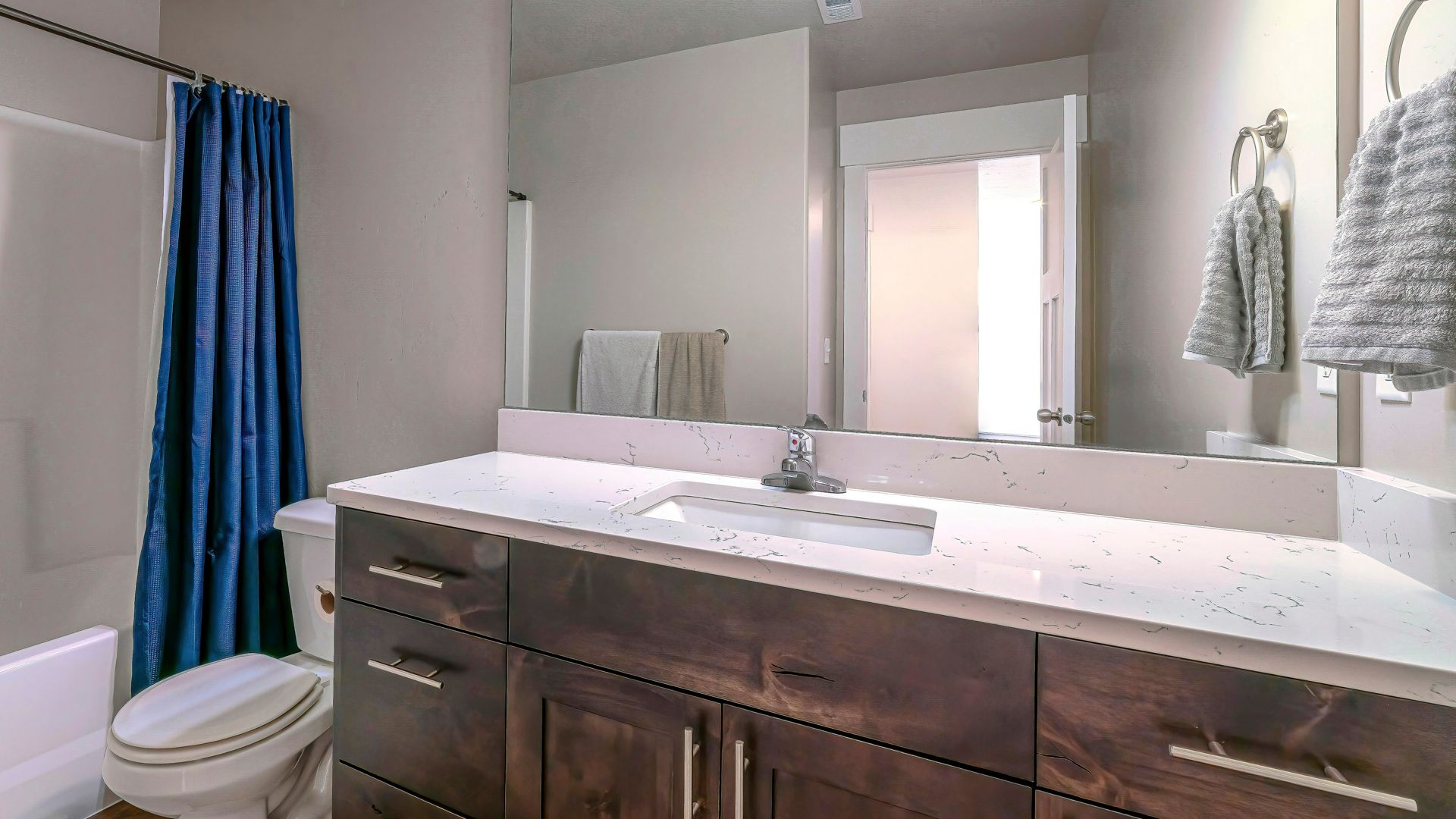Too much humidity can damage your home and wreak havoc on your family’s health. According to experts, ideal indoor humidity levels are between 40 and 50 percent. If your levels aren’t optimum, there are some ways to fix the problem.
Run Exhaust Fans
Be sure exhaust fans are installed in the kitchen and bathroom. These two areas of your home are especially prone to experiencing high humidity. While you’re taking a shower or cooking, always keep the exhaust fans running. This simple step will help prevent moisture buildup.
Purchase Either a Humidifier or Dehumidifier
Condensation on your windows and walls is a tell-tale sign of high humidity. Purchasing a whole-home humidifier will help prevent the air from staying too damp. If your family is experiencing symptoms like cracked lips and itchy skin, low humidity could be the culprit. The air is likely entirely too dry, which calls for a humidifier.
Consider Hardwood and Laminate Flooring
Many homeowners love the softness and visual appeal of carpet. Unfortunately, carpet floors can contribute to high humidity levels by collecting moisture. This can be especially problematic for allergy and asthma sufferers. Hardwood and laminate floors are far better options.
Maintain Your HVAC System
Your home’s HVAC system can help control humidity. However, you must develop a habit of changing the air filter as recommended. The best approach is to replace it monthly. It’s also important to have the unit’s evaporator coils cleaned every so often. Over time, these coils can become covered in dust and dirt.
Grow Indoor Plants
Certain household plants can help absorb humidity. Some of the best options include Boston ferns, peace lilies, English ivy, and reed palms. Aside from extracting vapor from the air, these plants will also add more oxygen.

